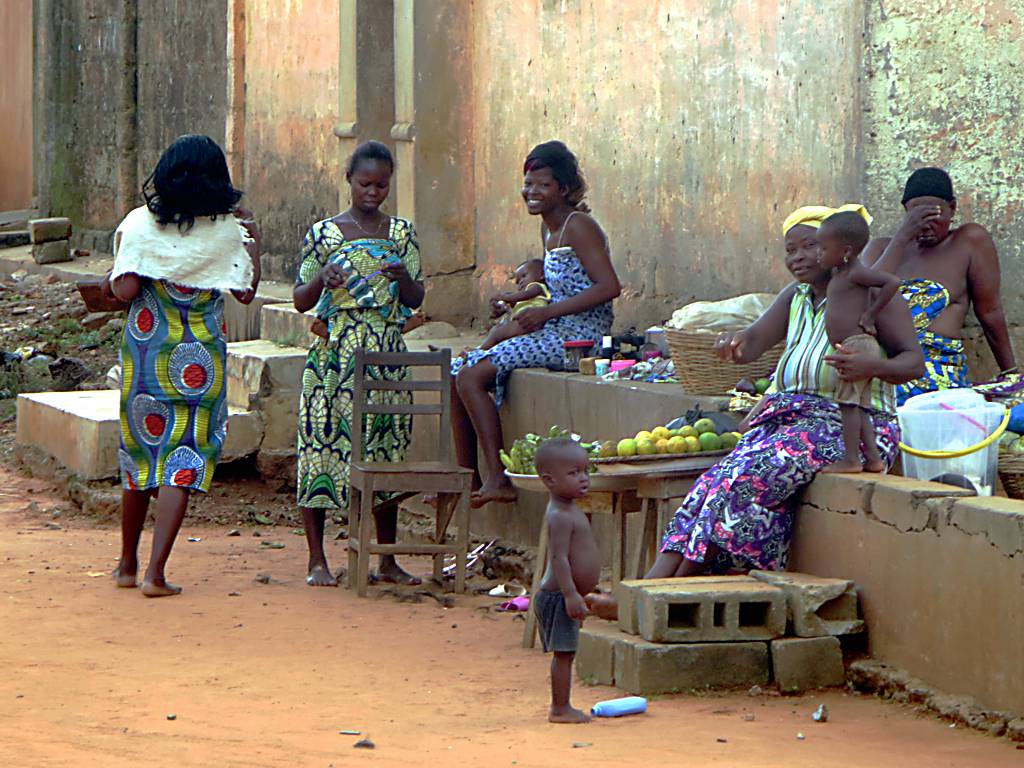 Vocational education and training centers in Kenya play a vital role in alleviating poverty. They are the backbone the country relies on to move towards becoming a middle-income country. The importance of technical and vocational education and training centers (TVET) is development and economic growth by producing a highly skilled workforce capable of implementing the goals outlined in Vision 2030. Vision 2030 is a strategic plan meant to transform Kenya from a developing country to a middle-income economy by improving the quality of life for everyone.
Vocational education and training centers in Kenya play a vital role in alleviating poverty. They are the backbone the country relies on to move towards becoming a middle-income country. The importance of technical and vocational education and training centers (TVET) is development and economic growth by producing a highly skilled workforce capable of implementing the goals outlined in Vision 2030. Vision 2030 is a strategic plan meant to transform Kenya from a developing country to a middle-income economy by improving the quality of life for everyone.
The Importance of TVET’s in Kenya
For a country like Kenya, economic development is dependent on the growth of the manufacturing industry through production of goods and services that can be imported to generate income. However, for this goal to be realized, technological innovation is important. Therefore, TVET’s come in to address the skills gap by producing a human resource fit for the job market or self employment.
According to The Technical and Vocational Education and Training Authority (TVETA, 2025), Kenya has 12 accredited national polytechnics, 1,232 accredited technical and vocational colleges and 1,086 accredited vocational training centers. Furthermore, vocational education training centers have evolved from providing semi-skilled labor for white settlers to equipping students with skills that meet the needs of the local industries.
Curricula Transformation
Kenya passed the Technical and Vocational Education and Training Act to modernize the TVET sector. The key focus was incorporating information and communication technology to increase access, enhance training capacity, improve delivery methods and support the long-term employability of graduates. Additionally, the act established the Curriculum Development, Assessment and Certification Council (CDACC) tasked with developing the curriculum and assessment standards.
The Outcome
The digitalization of vocational education and training centers in Kenya has benefitted from partnerships with institutions like the World Bank, the German government and organizations like Colleges and Institutes Canada.
With support from the German government, schools like St. Kizito, carried out an assessment of the automotive industry to update their curriculum for automotive courses to ensure the training is aligned with the requirements of the labor market. This partnership led to a revamped curriculum and on job training opportunities for students allowing them to gain practical experience.
Colleges and Institutions Canada conducted research to explore how innovation hubs could address community problems. This initiative has led to various innovations, such as energy-saving stoves and the development of flour using underutilized crops to address food insecurity and nutritional deficiency among vulnerable groups.
Commercialization of innovations has also been a key focus. The TVET curriculum is designed to equip students with skills relevant to the current labor market demands that technological advancement characterizes. To ensure the students are contributing to the manufacturing industries, vocational education and training centers are maximizing their potential for economic growth by commercializing their innovations.
Effect on Economy and Poverty Reduction
Sub-Saharan Africa ranks as one of the regions with the highest school drop out rates of children between the ages of 15 to 17. However, many often see education as a powerful tool in breaking the poverty cycle through empowerment, reducing child labor and providing people with the skills necessary to seek employment. One of the ways to increase access to education is making it affordable and accessible to everyone by promoting non-formal education pathways like vocational training and education.
According to the Kenya National Bureau of Statistics (KNBS) employment in the informal sector grew by 4.5% compared to a 4.2% growth in the formal sector.
These statistics highlight the impact of TVET in alleviating poverty. Often overlooked as a viable academic option, their ability to transform lives at the community level by providing people with skills that help them to improve their lives is indisputable. Indeed, by focusing on skills such as electrical engineering, agriculture, building and construction they offer local industries with ready skills while meeting the needs of local communities. This also creates a pathway to economic independence through self employment. Vocational education training centers are a powerful long term investment in the journey of transforming Kenya’s economy.
– Grace Ruria
Grace is based in Nairobi, Kenya and focuses on Technology and Politics for The Borgen Project.
Photo: Flickr
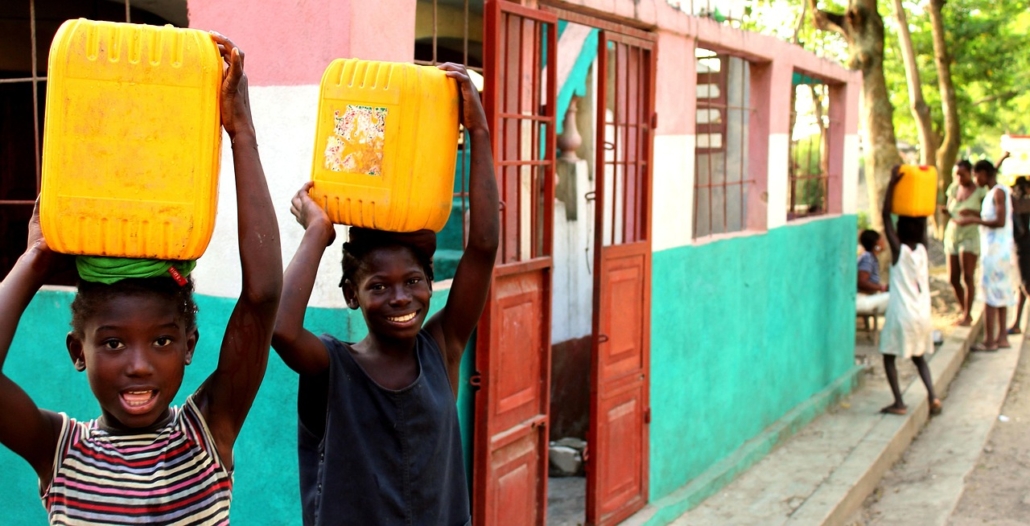
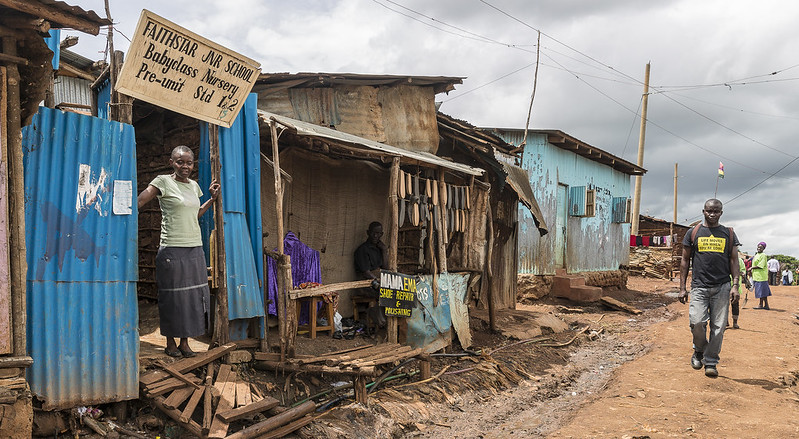 Infrastructure plays a
Infrastructure plays a 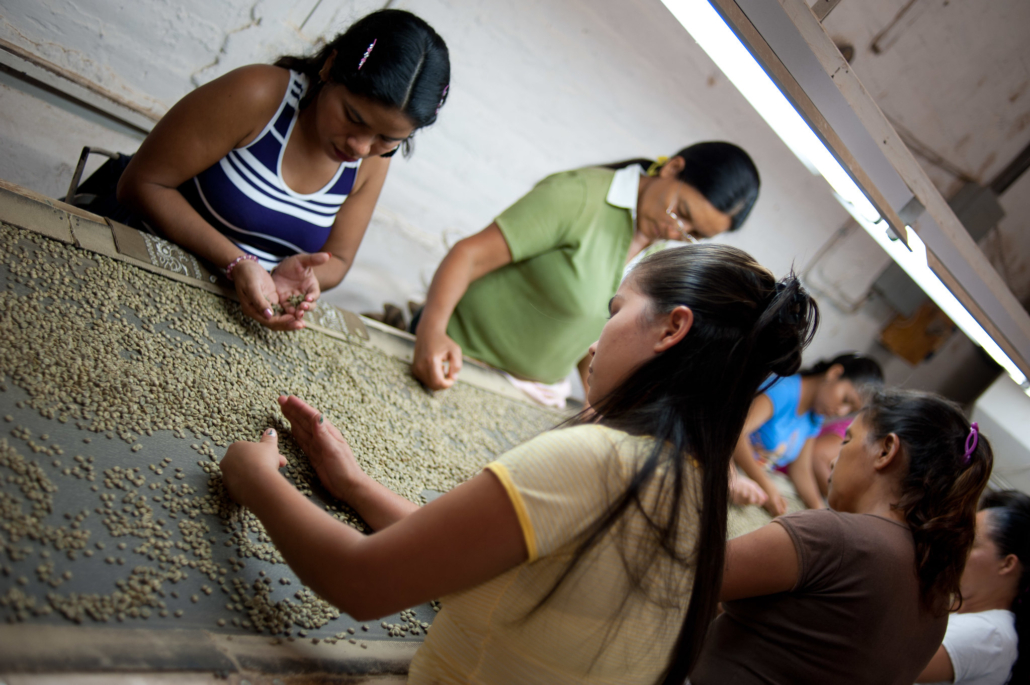

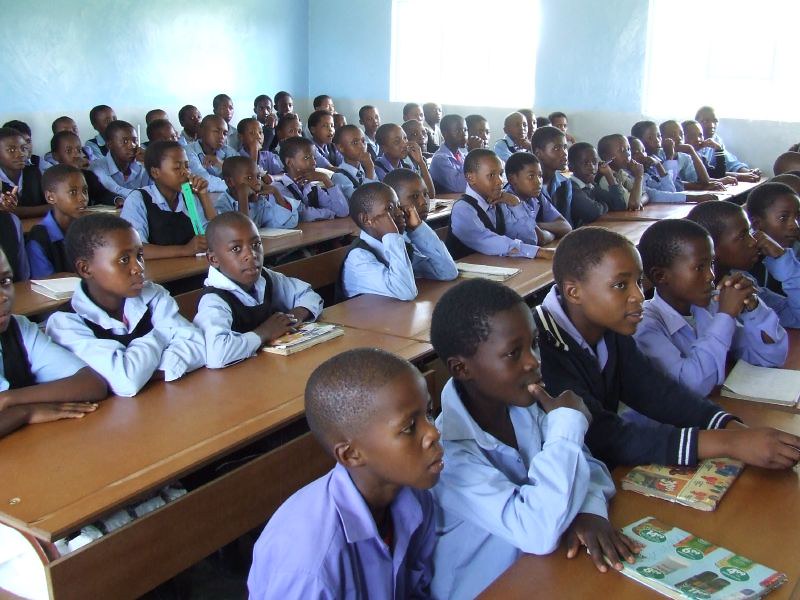
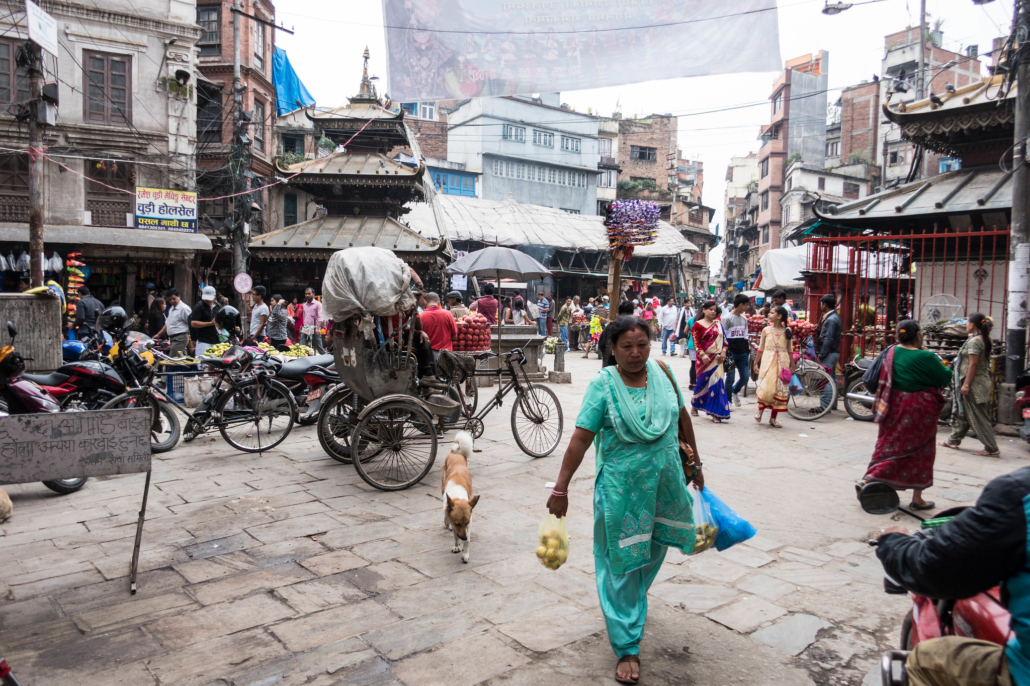
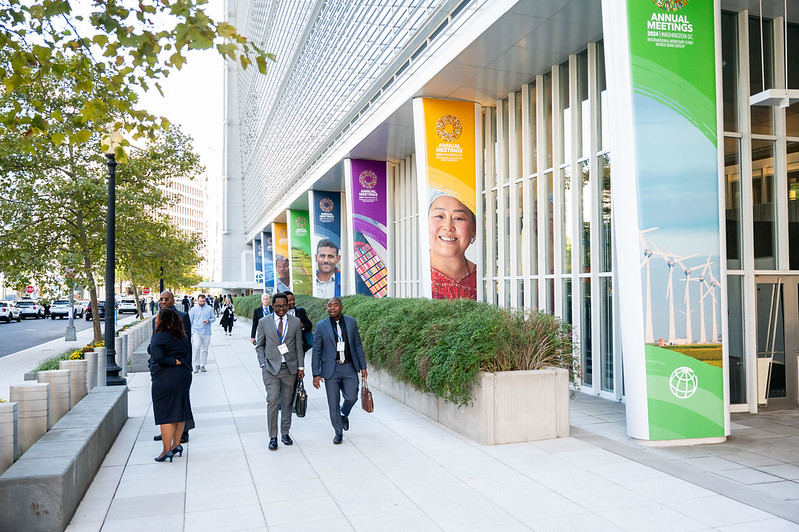 The World Bank’s 2024 report, “
The World Bank’s 2024 report, “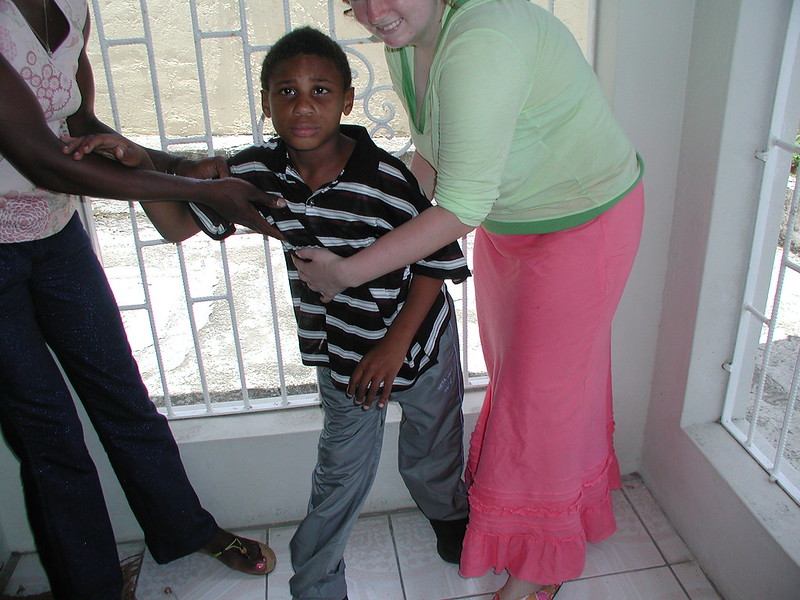 Disability and poverty in
Disability and poverty in 